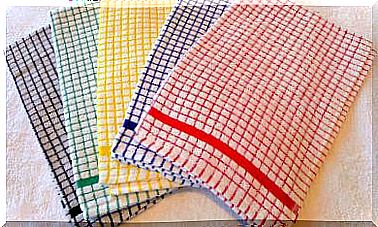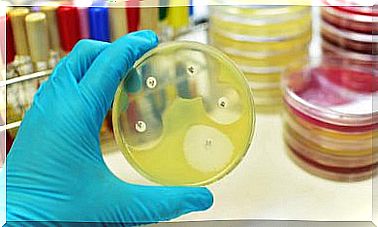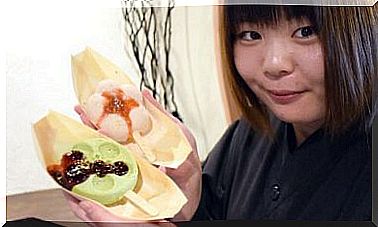The 5 Types Of Common Baby Skin Irritations
Babies’ skin is extremely sensitive. For this reason, irritations are frequent during the first months of life. Most are mild cases that you should be aware of.
There are 5 common types of baby skin irritations that every parent should know about. These are diaper rash, neonatal acne, cradle cap, infant atopic dermatitis, and miliaria.
In the following lines we talk about its main characteristics, as well as the results of some recent studies. We also give some simple and effective tips to help prevent these skin problems.
Baby’s skin
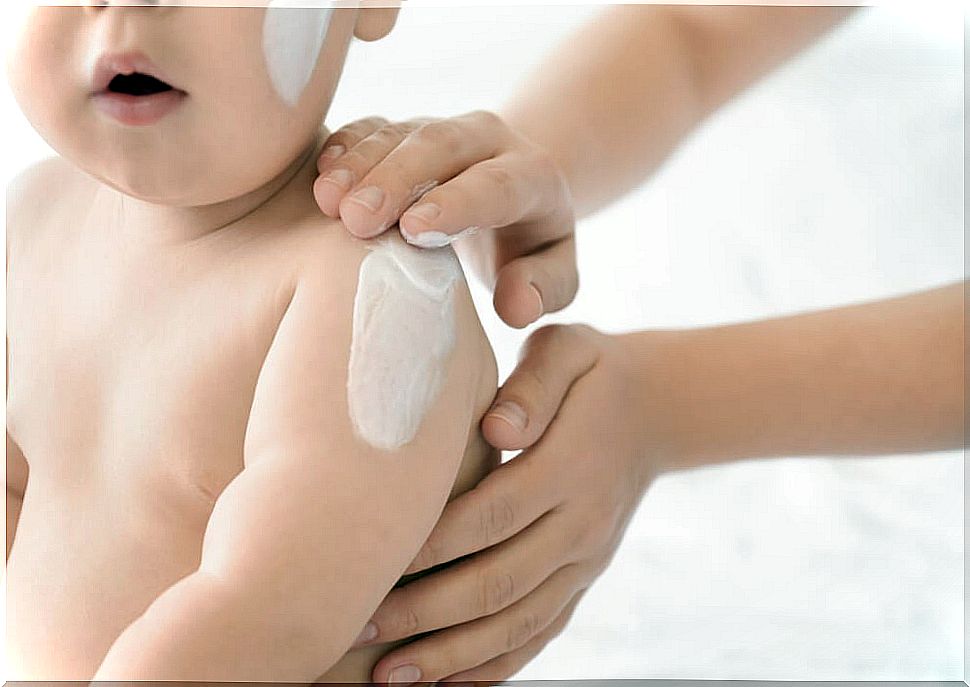
The baby’s skin is very different from that of the adult. It is thinner, with less hair, produces less sweat and also a lower amount of sebaceous secretions. These differences are even more evident in premature babies.
Exposure of this delicate skin to the weather, bacteria and possible contact injuries makes it very vulnerable in the first months of life. Therefore, it requires specific care at all times.
5 types of common baby skin irritations
Most common baby skin irritations are not serious. However, they tend to generate great concern and anxiety in parents. Therefore, below, we talk in more detail about the 5 most frequent.
However, you should always go to the doctor before any symptoms, as there are some important diseases that can manifest symptoms through the skin. In these cases, an early diagnosis is essential.
1. Diaper rash

For starters, despite the great advances made by diapers and their absorbent materials, they can also promote some irritation to the baby’s skin, which is still developing. Moisture and contact with feces are factors that facilitate the appearance of diaper rash.
This recent study published in the journal Pediatric Dermatology , showed a relationship between most cases of diaper rash and infection with the fungus Candida albicans. However, it also establishes that there are fewer cases of this type of dermatitis in breastfed babies, which is why it proposes this habit as prevention.
2. Common irritations on baby’s skin: neonatal acne
Neonatal acne usually appears in the first month of life. In most cases, it is a benign and temporary cutaneous manifestation, as this article published in Dermatology Protocols points out . However, sometimes you can have a more serious hormonal imbalance.
This type of acne appears on the forehead, nose and cheeks especially, and may be related to the Malassezia fungus . To relieve your symptoms, a topical lotion is prescribed and usually heals in a matter of weeks.
3. Cradle cap
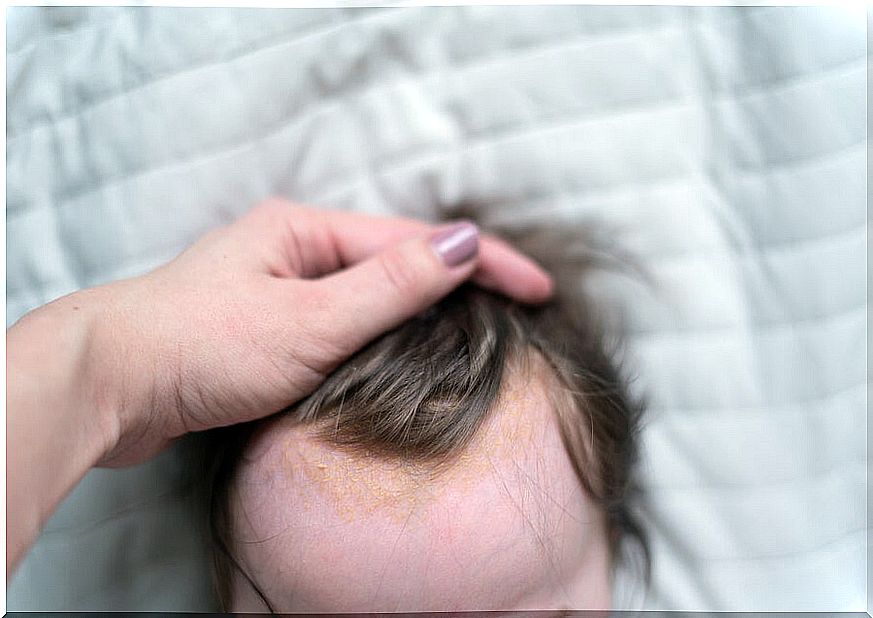
Cradle cap is a seborrheic dermatitis that affects the baby in the first three months of life. And this is evidenced by this study published in Medical, Cosmetic and Surgical Dermatology . This produces patches on the scalp with oily and scaly characteristics in the form of scabs, in addition to redness.
Cradle cap usually disappears naturally. But you can also help with the application of olive oil to the affected area. However, some cases do require medical treatment, so it is best to consult a pediatrician.
4. Atopic dermatitis of the infant
One in ten nursing babies can suffer from this condition during the first three months of life. This type of dermatitis usually appears on the cheeks, neck, and arms.
The cause is an alteration of the lipids of the skin, which hinder its protective function. In addition, this imbalance causes redness, itching and dryness, which can cause the baby to scratch and injure himself.
It is recommended to use mild and natural soaps, as well as vegetable oils that help restore the protective barrier of the skin. In this case, olive or almond oil could also be used, but always in consultation with a doctor.
5. Miliaria or sudamina, one of the common irritations on the baby’s skin
Finally, this skin disorder affects 40% of babies, in most cases during the first month of life. However, it can appear at any age, especially in places with hot and humid climates.
The cause of miliaria or sudamina is an obstruction of the pores that lead to the sweat glands, which prevents sweat from being eliminated, as indicated by this information from the World Health Organization (WHO). This retention results in tiny red or white pimples, or even blisters, appearing on the face, neck, or back.
The miliaria usually disappears without the need for any specific treatment. However, to help prevent its appearance, it is advisable to avoid excessive heat of the baby and choose clothes made of natural materials such as cotton.
In short, as you have seen, these are the most common irritations on the baby’s skin during the first months of life. Therefore, it can be beneficial to follow the care that this delicate skin requires step by step and, if in doubt, consult your doctor.



